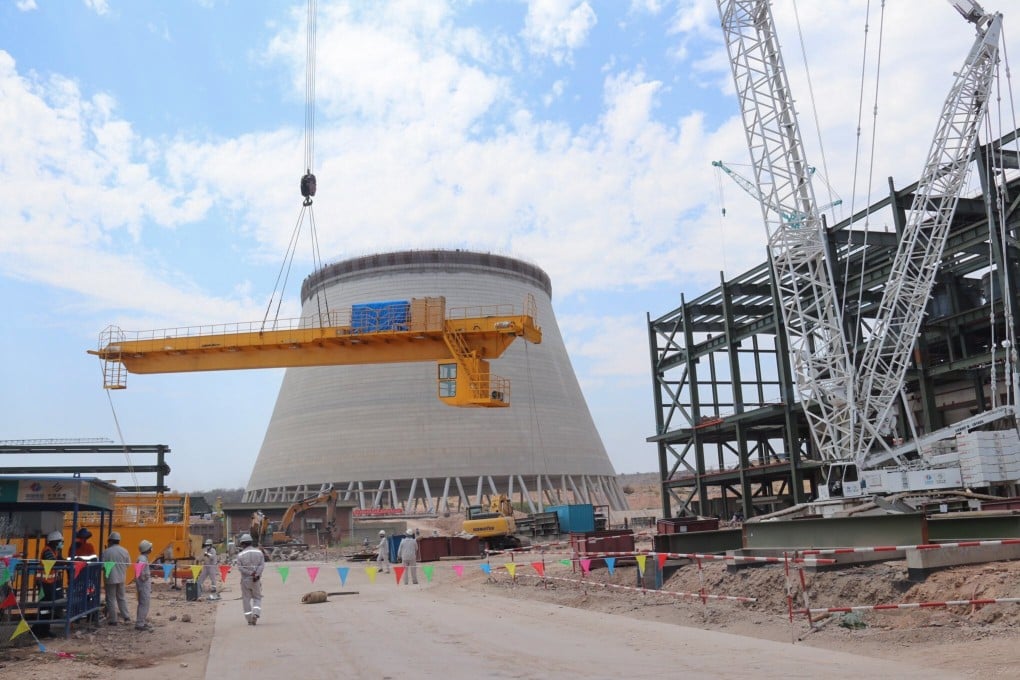Opinion | As a leader in development finance, China can help create a green, inclusive recovery
- China’s leading role creates a great opportunity for the world economy, but there are also risks of debt distress and environmental damage
- China, its debtors and the international community need to maximise the benefits and minimise the risks of Beijing’s much-needed global development finance

Like any huge influx of capital into the developing world, though, China’s financial assistance also poses large risks – especially regarding debt distress, biodiversity loss and climate change.
A new interactive data set from Boston University’s Global Development Policy Centre tracks the overseas sovereign loan commitments of China’s two global policy banks – China Development Bank and the Export-Import Bank of China. Between 2008 and 2019, China’s global development finance totalled US$462 billion, just US$5 billion short of the World Bank’s sovereign commitments in the same period.
In contrast, researchers using similar modelling techniques estimated in 2016 that the Trans-Pacific Partnership trade pact would boost growth in its member countries by just 1.1 per cent by 2030 and globally by 0.4 per cent.

02:09
Kenya opens massive US$1.5 billion railway project funded and built by China
Moreover, forthcoming research in the American Economic Journal shows that each Chinese-financed project has yielded a 0.41 to 1.49 percentage-point increase in economic growth. The same study found no robust evidence that World Bank projects promoted growth.

